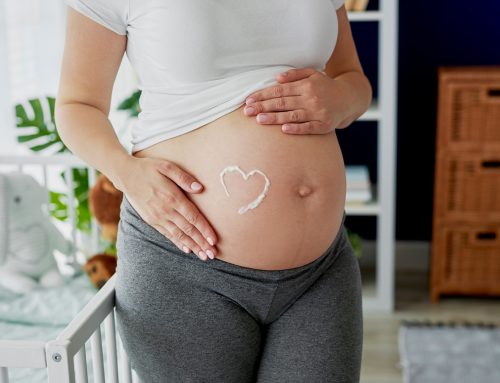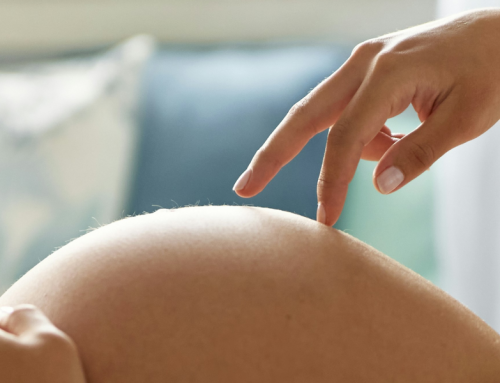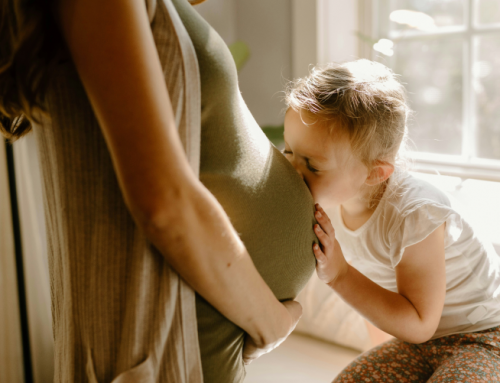Taking note of the ovulation cycle and identifying the best days for sexual intercourse is a good option for increasing the chances of conceiving
Only one out of every four women manages to get pregnant spontaneously within the first month of having sexual intercourse without protection. This figure is not always associated with fertility problems: the human species is the one with the lowest reproduction rate on earth. If there are no infertility problems, monitoring the woman’s natural cycle may be a good option for increasing the probabilities of getting pregnant.
“The natural cycle with programmed sexual relations is recommended in couples who are not considered infertile” says Dr. Clara Colomé, specialist in assisted reproduction at Eugin Clinic. “By observing the woman’s ovulation cycle”, she adds, “it is possible to identify her most fertile days and consequently the best ones for having intercourse and getting pregnant”.
Age: a key factor
The option of taking the natural cycle into account in programming intercourse to increase the chances of pregnancy is only valid for couples who have been trying to conceive for a certain length of time. In the case of women aged over 35, they can use this method if they have been trying for less than six months and woman under the age of 35 can use it if they have been trying for less than one year.
On the other hand, in order to use the natural cycle option, the woman must have a regular ovulation cycle, i.e, constant cycles of between 25 and 35 days between one period and the next.
“To identify your fertile days”, explains Dr. Colomé, “you must subtract 14 days to find out when the ovulation will occur. For instance, in a woman with a natural cycle of 28 days the ovulation period will fall on day 14 whereas that of a woman with a cycle of 25 days will fall on day 11: that will be the best day to have sexual intercourse”, she says.
Application in assisted reproduction
If a couple cannot conceive using natural methods and needs to use assisted reproduction techniques, the ovulation test is used to determine the ovulation period with maximum precision. This cycle monitoring process consists of an ultrasound scan and sometimes, a blood test to evaluate the hormone levels.
The natural cycle is followed in combination with artificial insemination in cases of fertile woman with regular cycles who have no partner. The ovulation test is used to indicate the best time for the carrying out the insemination procedure with the highest chances of achieving a pregnancy.
In cases requiring in vitro fertilisation, it is also possible to use the natural cycle. For instance, women suffering from problems related to fallopian tube blockages can use this technique to get pregnant. If for some reason they prefer not to undergo ovarian stimulation or if their bodies do not respond to this treatment, the natural cycle method can be used. After identifying the ovulation period, the egg will be removed at the best time for it to be fertilised and then the resulting embryo will be transferred to the woman’s uterus.
Following the natural cycle to increase the chances of getting pregnant is only recommended in certain cases, but if no results are obtained after six cycles, it is best to see an assisted reproduction specialist who will inform you about the most appropriate treatment.





